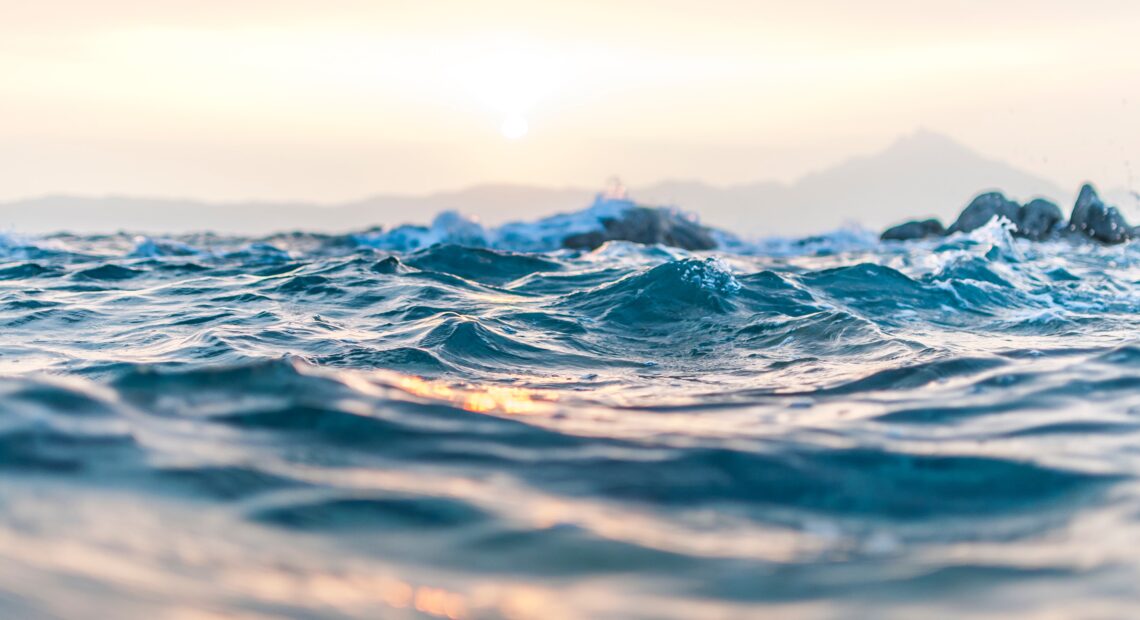As water shortages and drought become increasingly common, cities will need to invest in infrastructure and find ways to recycle their supply to build a water-smart city.
Cities across time have stretched to secure water. The Romans built aqueducts, the Mayans constructed underground storage chambers, and Hohokam farmers dug more than 500 miles of canals in what is now the U.S. Southwest.
Today’s cities use portfolios of technologies to conserve supply — everything from 60-story dams and chemicals to centrifugal pumps and special toilets. And yet, the cities of tomorrow will have to do more.
A recent United Nations report on drought says climate change is increasing the frequency, severity and duration of droughts, which contribute to food insecurity, poverty and inequality. The report also asserts that drought has been the single longest-term physical trigger of political change in 5,000 years of recorded human history. It calls for urgent action and a transformation in governance to manage modern drought risk more effectively.
Examples can be found globally. In 2018, Cape Town, South Africa, narrowly averted a “Day Zero,” when the taps would have run dry. Indian aquifers are falling fast. The Colorado River, a water source for 40 million people, faces dire shortages as the American West slides deeper into “megadrought.” By 2050, the world’s population is projected to near 10 billion, increasing water demand by 55%. And by then, two-thirds of people will live in cities.
Every place is different when it comes to preparing for these challenges, but some tactics are universally applicable enough that they can be united into a blueprint for the water-smart cities of tomorrow.
Recycle Water
Experts point to one way everyone on the planet can conserve water: use it more than once. We recycle plastics and metals, but why not water?
Homes should use water many times. A multi-use approach is possible because several uses — landscaping, gardening and toilet water — don’t require drinking-quality water. Many of these needs can be met with greywater, meaning waste-free recycled water. As much as 75% of domestic water can be reused as greywater.
Consider the toilet. Toilets account for up to 30% of indoor domestic water use. However, toilet water could be second use, routed from sinks, showers and dishwashers, cutting demand. Some cities are acting on this knowledge. Sydney, Australia, has designed Green Square, a town center designed for sustainability and water reuse, including as toilet water. Microsoft’s office in Herzliya, Israel, is routing greywater to toilets as well.
Measure Usage
More precise data on water usage could also aid conservation. With better water metering, people might better understand their home usage, both indoors and outdoors.
A ‘Nest-like device’ that measures water usage by category could aid in such efforts. It might, for one, let you know that you’re using too much water in the shower. Also, the reforming water utilities themselves is needed, since those companies profit from increased usage. Rate structures must be decoupled in a way that lets utilities recover their costs regardless of the water volume they sell.
Get Creative
As water becomes scarcer, some have even returned to the ancient art of rainwater harvesting, which can relieve pressure on surface water and groundwater sources if scaled broadly.
Cities across the globe are encouraging the practice, and, even in the driest of places, people have found a way to collect and store rain. In Tucson, Arizona, resident Brad Lancaster meets 95% of his water needs via rain. Many American cities offer financial incentives to people who install rainwater harvesting systems, making local water systems more resilient. In India, mandatory rainwater harvesting laws have arisen in some states and cities, like Tamil Nadu and New Delhi.
Air conditioner condensate is another water source with potential, though it’s not likely to be a major contributor, especially in cities lacking humidity. Water is a byproduct of air conditioning. Places like the San Diego Airport and the Austin Public Library are collecting this water condensate and using it for power-washing, gardening and even brewing beer.
In the fastest-growing metropolitan area in the U.S., greater Phoenix, towns are ramping up reclaimed wastewater use, efforts that have led to some reduction in groundwater dependency. Similarly, Orange County in California has set records for reclaimed wastewater production. And in the desert city of Windhoek, capital of Namibia, reclaimed wastewater has been a vital water source for 50 years.
Desalination is another possibility. Turning salt water to fresh water has proven an important water source even in wet cities like London. The largest desalination plant in North America, in San Diego, produces tens of millions of gallons of freshwater per day. The process, however, is energy intensive and often uses fossil fuels (for now), meaning cities must balance costs and carbon emissions with their water needs.
Additionally, there are offsite water sources with narrower applicability, like the fog-catching machines of Lima, Peru. Even the International Space Station treats astronaut sweat, urine and breath moisture for water reuse.
Tackle the Underlying Cause
Cities can employ a range of solutions to tackle water scarcity, but climate change remains the root cause of many looming water issues. It drives supply-side water problems — lowering rivers, increasing evapotranspiration and disrupting precipitation patterns. If greenhouse gas emissions can be curbed, supply-side problems might be mitigated, according to water experts. (Demand, however, will continue to rise with population.)
Even so, some warming is already a certainty, and cities will need to become far more water efficient and invest in related education. Outdated pipes and water infrastructure must be updated. Savic emphasizes the need to equip water systems with cybersecurity. There are also a host of potential policy changes, including requiring buildings to reuse water, encouraging greywater systems, and pursuing innovative financing, like the Green Stormwater Infrastructure Fee that Tucson charges residents. That money funds rainwater capture systems and the development of green spaces.
When to build the necessary water-smart future cities? In a perfect world, 20, 40 or 100 years ago. But in our world, now.
Source: Bloomberg CityLab
[sibwp_form id=2]













